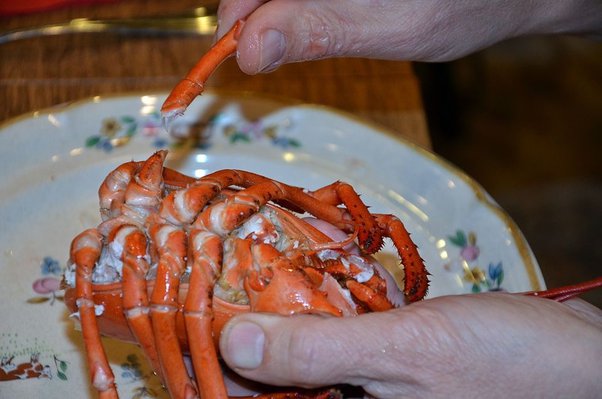Indulging in seafood is a delightful experience, especially when it involves succulent lobster, delicate crab, and other delectable shellfish. However, knowing the proper etiquette for eating these seafood delicacies can enhance your dining experience and ensure you enjoy every bite. So, when visiting seafood restaurant in Suffolk VA make sure your seafood eating game is on point.
Here’s a comprehensive guide to seafood etiquette, focusing on how to eat lobster, crab, and more, especially with the rich seafood traditions of Suffolk, Virginia, in mind.
Lobster: A Luxurious Delight
Lobster is a highlight of many seafood feasts, but its impressive size and hard shell can be intimidating. Here’s how to enjoy it with grace:
- Preparation: Lobster is typically served boiled or steamed. If you’re dining at a restaurant in Suffolk, the lobster will likely come pre-cooked and served with melted butter and lemon wedges.
- Tools: You’ll need a lobster cracker, seafood fork, and a bib (optional but helpful). Restaurants often provide these, but if you’re at home, having them on hand is essential.
- Eating:
- Tail: Twist off the tail from the body. Push the meat out from the wide end with a fork or your fingers. Remove the dark vein running along the back.
- Claws: Crack the claws with a lobster cracker. Remove the meat with a seafood fork.
- Knuckles: Use the cracker to break the knuckles and extract the meat.
- Body: Open the body cavity to access the meat inside, especially the small bits in the joints.
- Etiquette: Use your hands, but be mindful of splatters. Dip the meat in butter or squeeze lemon over it. Take small bites and savor the rich flavor.
Crab: A Chesapeake Bay Staple
Crab, especially blue crab, is a beloved delicacy in Suffolk, Virginia. Here’s how to navigate this local favorite:
- Preparation: Crabs can be served in various ways, including steamed, boiled, or in crab cakes. Steamed crabs are often seasoned with Old Bay and served whole.
- Tools: A crab mallet, a knife, and a seafood fork are essential for tackling a whole crab.
- Eating:
- Claws and Legs: Twist off the claws and legs. Use the mallet to crack open the claws and legs, then pull out the meat.
- Body: Lift the apron (a small flap on the underside) and remove the top shell. Discard the gills (also known as “dead man’s fingers”).
- Meat: Break the body in half and pick out the meat from the chambers using a fork or your fingers.
- Etiquette: Eating crab can be messy, so it’s acceptable to use your hands liberally. Wipe your hands frequently with a napkin or use the provided wet wipes. Enjoy the meat with a sprinkle of lemon or a dip in melted butter or vinegar.
Shrimp: A Versatile Favorite
Shrimp is versatile and can be enjoyed in various forms, from cocktails to grilled skewers. Here’s how to enjoy shrimp properly:
- Cocktail Shrimp: Served chilled with cocktail sauce. Hold the shrimp by the tail, dip it in the sauce, and take a bite. Dispose of the tail on the side of your plate.
- Grilled or Sautéed Shrimp: Often served peeled and deveined. Use a fork and knife to cut and eat.
- Peel-and-Eat Shrimp: Served in their shells. Peel the shell off with your fingers, remove the tail, and enjoy.
- Etiquette: Use your fingers for peel-and-eat shrimp but switch to utensils for other preparations. Dip sparingly to avoid dripping.
Oysters: A Raw Delight
Oysters are a staple in Suffolk’s private event restaurants near me, enjoyed raw on the half shell or cooked. Here’s how to savor them:
- Raw Oysters: Served on a bed of ice with lemon wedges, cocktail sauce, and mignonette.
- Tools: Use an oyster fork to detach the oyster from the shell.
- Eating: Add a drop of lemon juice or sauce, then slurp the oyster directly from the shell.
- Etiquette: Avoid using excessive condiments that overpower the oyster’s natural flavor. Sip the oyster liquor (the briny liquid in the shell) for a full experience.
Conclusion
Mastering seafood etiquette enhances your dining experience and shows respect for the culinary traditions, especially in places like Suffolk, Virginia, where seafood is a way of life. Whether you’re enjoying a lobster feast, cracking open crabs, savoring shrimp, or slurping oysters, knowing the proper techniques ensures you get the most out of each delicious bite. So, dive into the world of seafood with confidence and enjoy the rich, flavorful journey that awaits.

